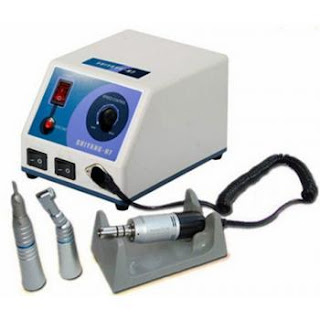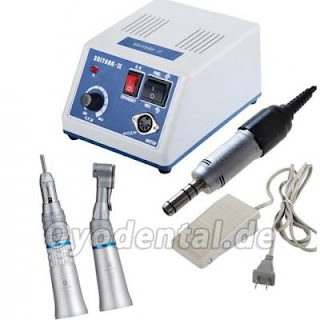Global micromotor output stood at 17.5 billion units in 2015, a year-on-year increase of 4.8%. Thanks to campaigns to modernize the industry and equipment, the output is expected to rise to 18.4 billion units in 2016 and approach 23 billion units in 2020.
China, the world's largest manufacturer of micromotors, produced 12.4 billion units in 2015, up 6.0% from a year ago, and accounting for 70.9% of the global total. The country's micromotor output is predicted to be close to 17 billion units in 2020 at a CAGR of around 7.0% during 2016-2020.
Keymicromotor manufacturers in China includeJohnson Electric, Welling Holding Limited, Zhongshan Broad-Ocean Motor Co., Ltd., and Wolong Electric Group Co., Ltd. Johnson Electric, as the largest micromotor manufacturer in China, achieves annual revenue of over USD1 billion, with a global market share of 4.3% in 2015.
In China, micromotor finds its application primarily in traditional fields, such as audio products, household appliances, and automobile, which held a combined proportion of 52.4% in 2015. As traditional application markets gradually grow saturated, main drivers of micromotor growth will be emerging sectors like new energy vehicle, wearable device, robot, UAV, and smart home.
Information Industry: China's shipments of VCM for mobile terminals were 542kk in 2015, up 12.9% year on year, occupying 45.9% of the world's total, largely driven by smartphones and tablet PCs. With gradual saturation of the markets for traditional consumer electronics like smartphone and tablet PC, wearable devices will become a new growth area, further boosting demand for micromotor. The Chinese wearable device market is predicted to expand at annual growth rate of over 25%.
Automobile: In 2015, China's demand for automotive micromotor was 1.02 billion units (24.9% of the global total, expected to rise to 1.62 billion units in 2020), less than 3% coming from new energy vehicle. New energy vehicle sales grew at a compound annual rate of 152.1% during 2011-2015 in China and, with the support of national and local policies, will maintain the strong growth momentum over the next couple of years. It is estimated that the market of micromotors for new energy vehicle will keep going up by over 40% annually during 2016-2020 with the demand exceeding 150 million units in 2020.
Robot: 248,000 industrial robots and 6.41 million service robots were sold globally in 2015, up 8.3% and 35.7% from a year earlier, respectively, together creating a demand of about 66.6 million micromotors (an estimate of more than 300 million units in 2020). In 2015, China accounted for 22.9% of the world's industrial robot sales and only about 5.0% of service robot sales, indicating a huge space for growth.
Consumer-grade UAV: In 2015, global consumer-grade UAV sales exceeded 200,000 units, compared with only less than 20,000 units in China. As low-altitude airspace is gradually opened, the Chinese UAV market will usher in a period of rapid growth at a rate of over 50%.
In addition, the new markets for 3D printing, smart home, medical equipment, and automation laboratory supported by policies will also kick into high gear, further driving the demand for micromotors.
Global and China Micromotor Industry Report, 2016-2020 highlights the followings:
Global micromotor industry (development history, market size, market structure, competitive landscape, etc.);
Micromotor industry in China (status quo, market size, market structure, competitive landscape, imports & exports, etc.);
Main upstream industries (magnetic materials, bearing, etc.), involving market size, market structure, development trends, etc.;
Downstream industries (information, automobile, household appliance, robot, UAV, 3D printing, smart home, medical equipment, etc.), involving application and market;
11 Global and 10 Chinese micromotor manufacturers (operation, micromotor business, development in China, etc.).
Read the full report:
http://www.reportlinker.com/p04170496-summary/view-report.html






